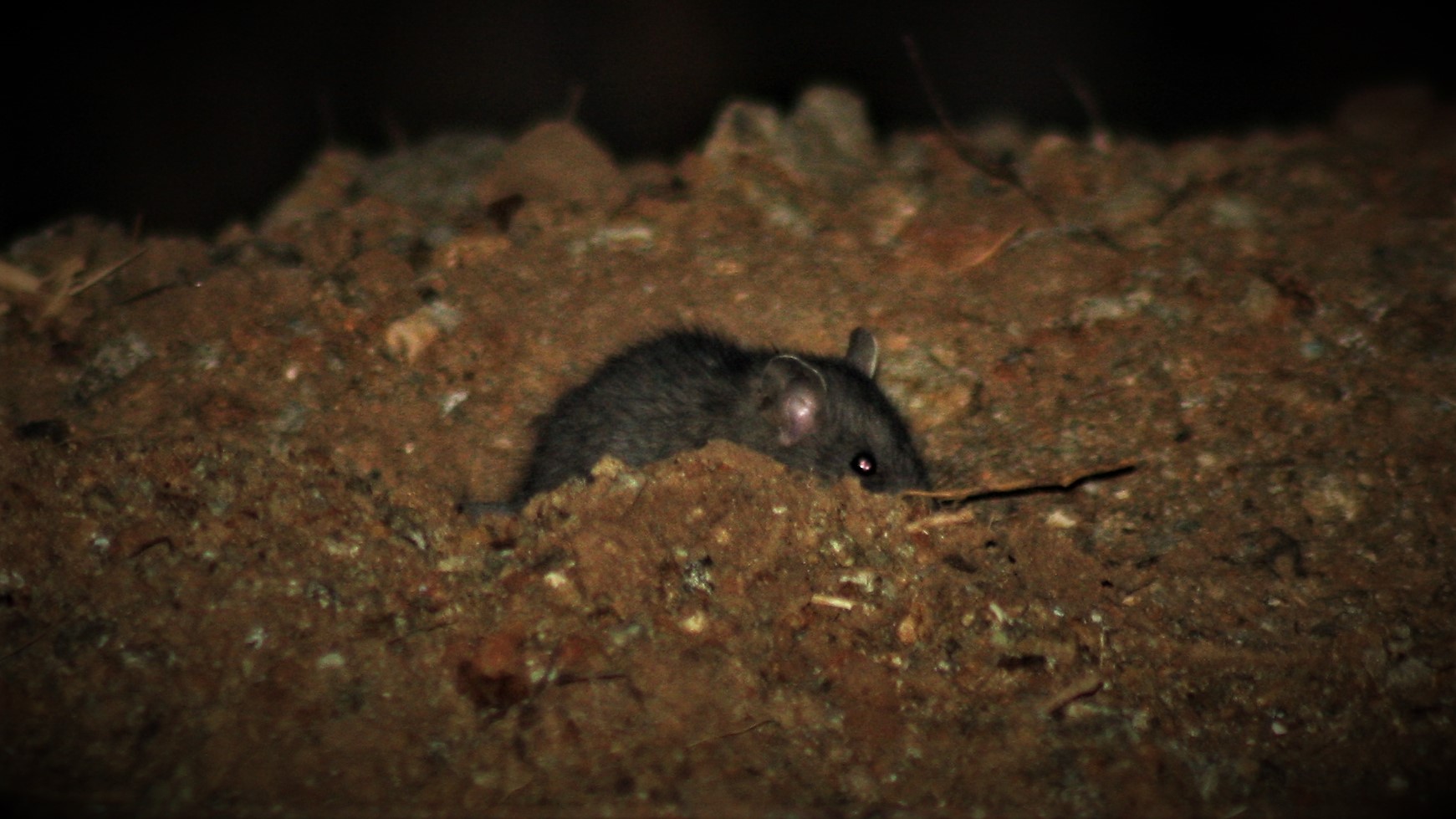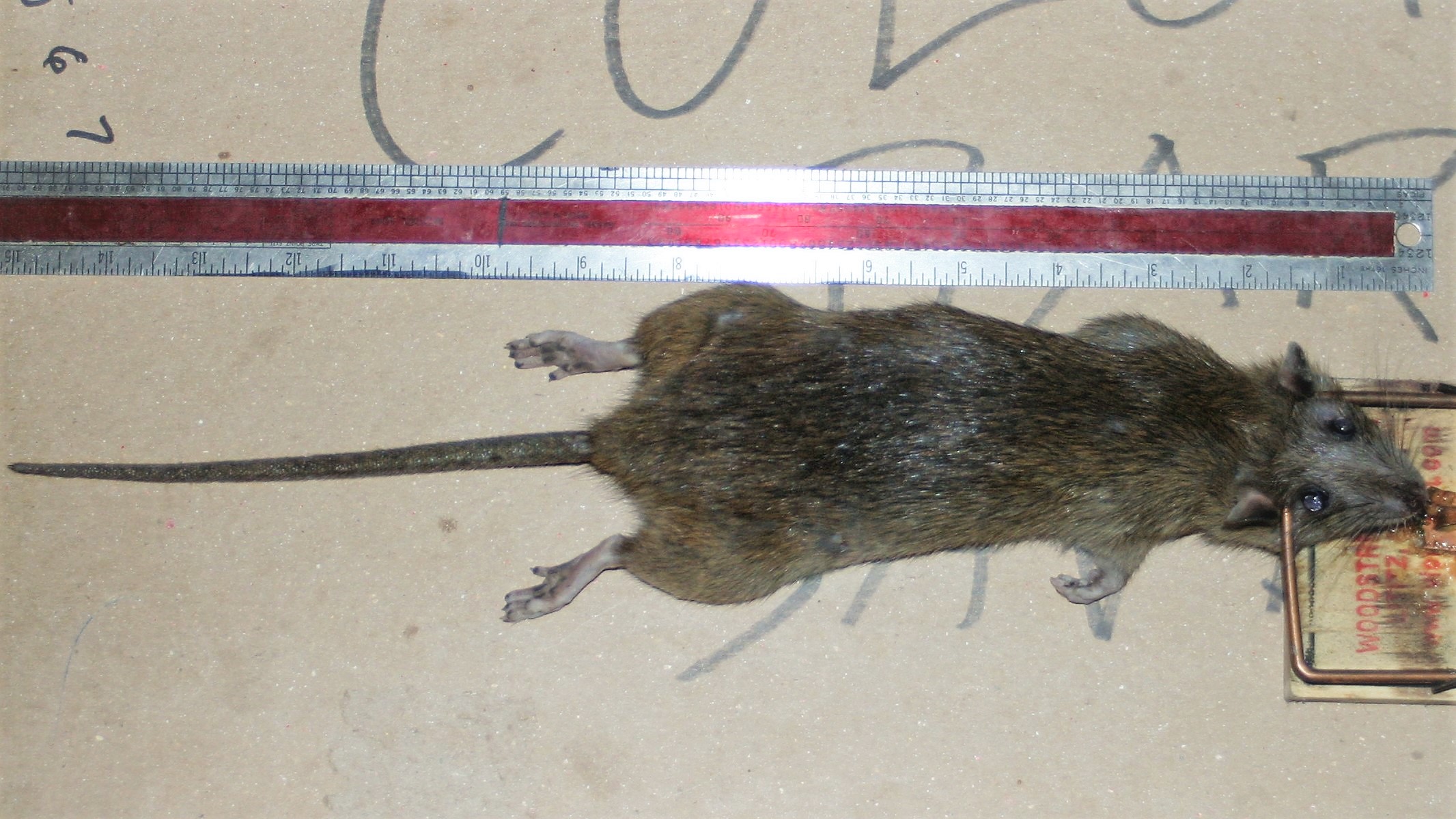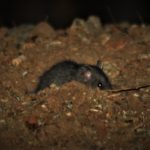Are Rats Destroying our Coral Reefs?
DID YOU KNOW?
Rats and mice were introduced to the Virgin Islands by European ships. Prior to Columbus, bats and humans were the only mammals present.
Newly published research in Nature: International Journal of Science suggests a strong link between invasive rat populations, sea birds and coral reef health.
In the article “Seabirds enhance coral reef productivity and functioning in the absence of invasive rats”, published July 11, 2018, researchers from several countries found coral reefs and sea birds around islands where rats had not been introduced by man fared much better than infested areas. This held true even after correcting for environmental damage caused by humans.
Biotic connectivity between ecosystems can provide major transport of organic matter and nutrients, influencing ecosystem structure and productivity1, yet the implications are poorly understood owing to human disruptions of natural flows2.
Doughty, C. E. et al. Global nutrient transport in a world of giants. Proc. Natl Acad. Sci. USA 113, 868–873 (2016).
Researchers selected the isolated Chagos Archipelago, British Indian Ocean Territory, for its mix of 60 tropical islands and seven atolls, some inhabited by rats and some not. As in the Virgin Islands, Chagos islands infested with rats suffer lower sea bird populations. A majority of sea birds nest on the ground, leaving their eggs and young vulnerable to invasive rodents.

When abundant, seabirds feeding in the open ocean transport large quantities of nutrients onto islands, enhancing the productivity of island fauna and flora3,4.
Seabirds enhance coral reef productivity and functioning in the absence of invasive rats
Nicholas A. J. Graham, Shaun K. Wilson, Peter Carr, Andrew S. Hoey, Simon Jennings & M. Aaron MacNeil
We found that seabird densities and nitrogen deposition rates are 760 and 251 times higher, respectively, on islands where humans have not introduced rats. Consequently, rat-free islands had substantially higher nitrogen stable isotope (δ15N) values in soils and shrubs, reflecting pelagic nutrient sources. These higher values of δ15N were also apparent in macroalgae, filter-feeding sponges, turf algae and fish on adjacent coral reefs.

The research found that rat-free islands had a whopping 48% greater biomass among fish communities. Two critical ecosystem function rates were also almost 4 times higher around rat-free islands: grazing and bio-erosion. In whole the research revealed how rats dangerously disrupt nutrient flows in island ecosystems both on land and beneath the waves.
A critical conclusion of the research is that invasive rat eradication must be considered a high priority for oceanic islands to preserve both land environments as well as coral reefs.
Author’s Note:
All uninhabited outer islands of the Virgin Islands that are owned by the Virgin Islands Government are bird sanctuaries and it is illegal to set foot on those islands without a permit. One intent of the restriction is to prevent boat operators from accidentally transporting rats and mice to those islands.



